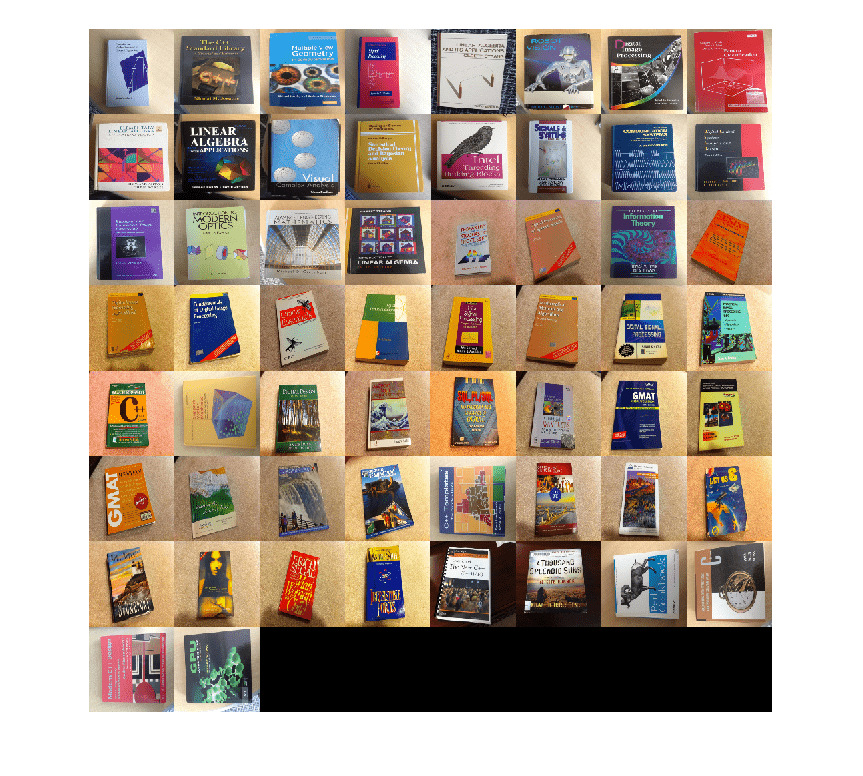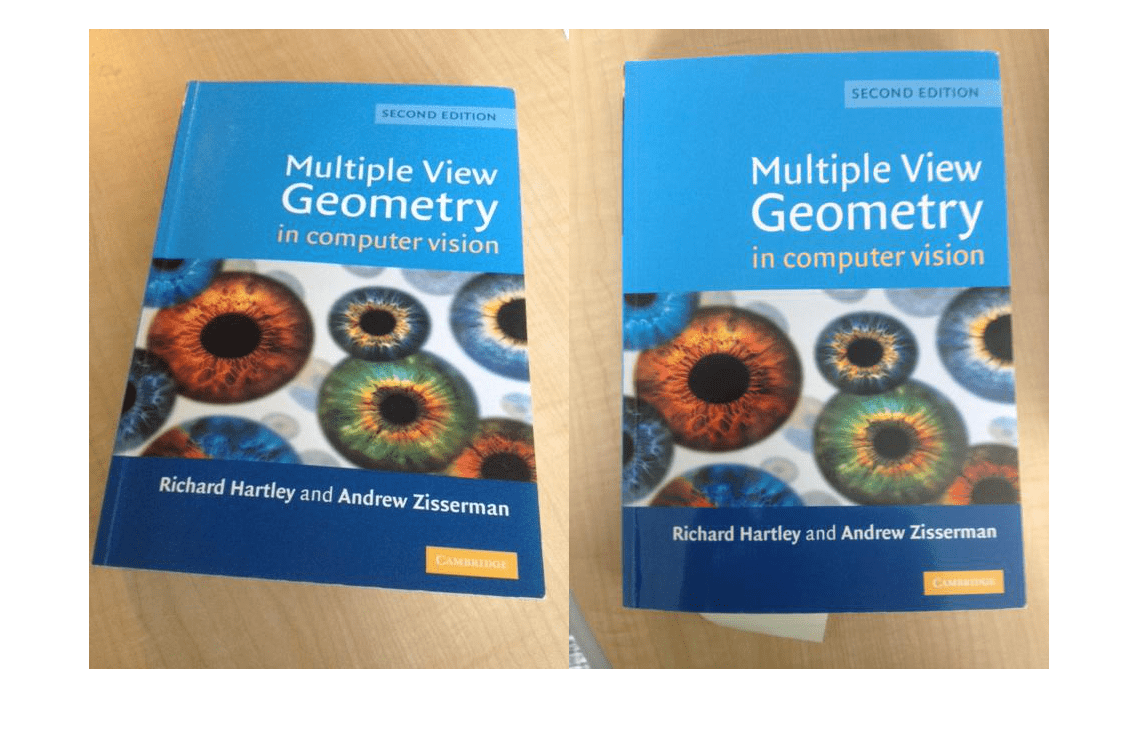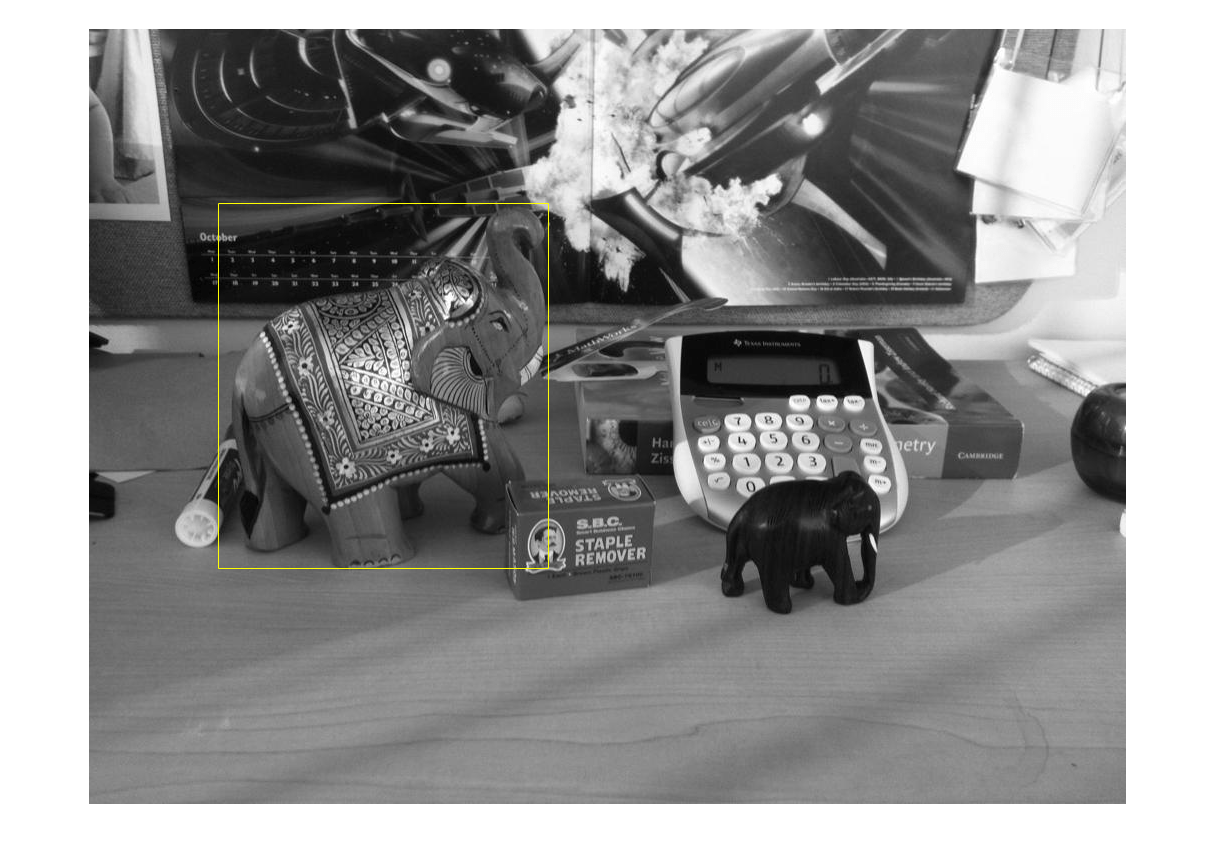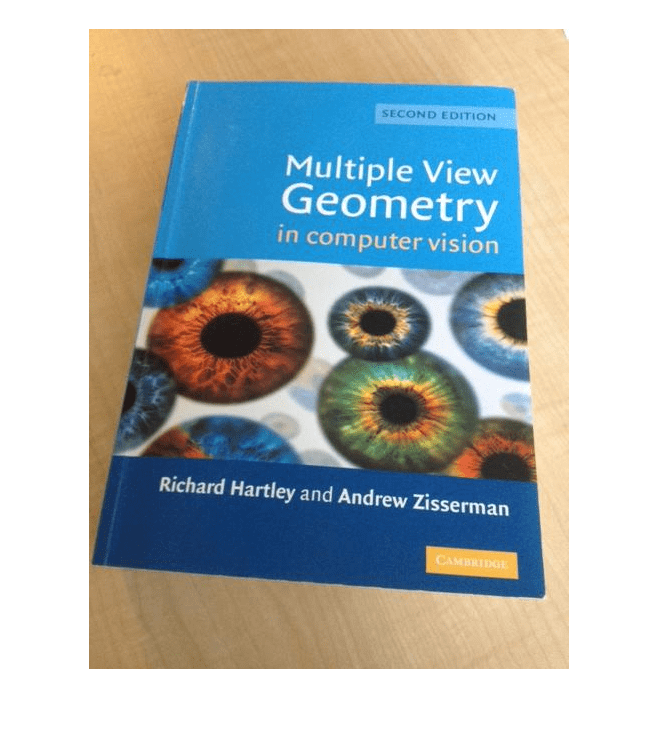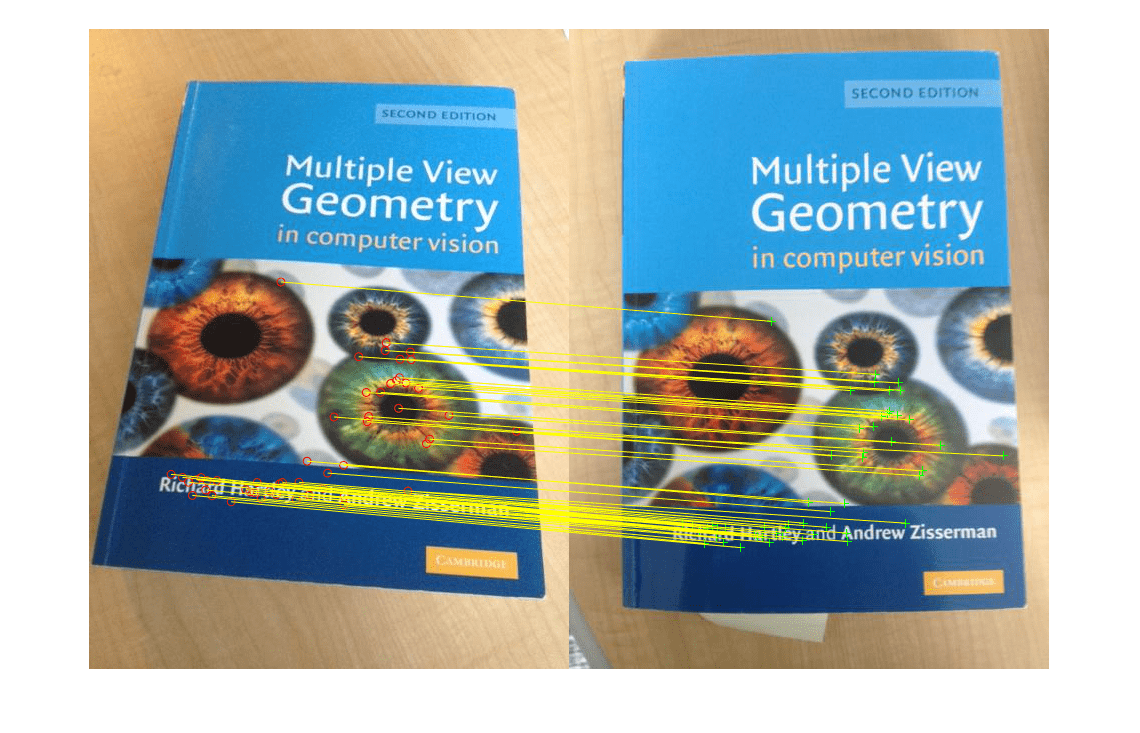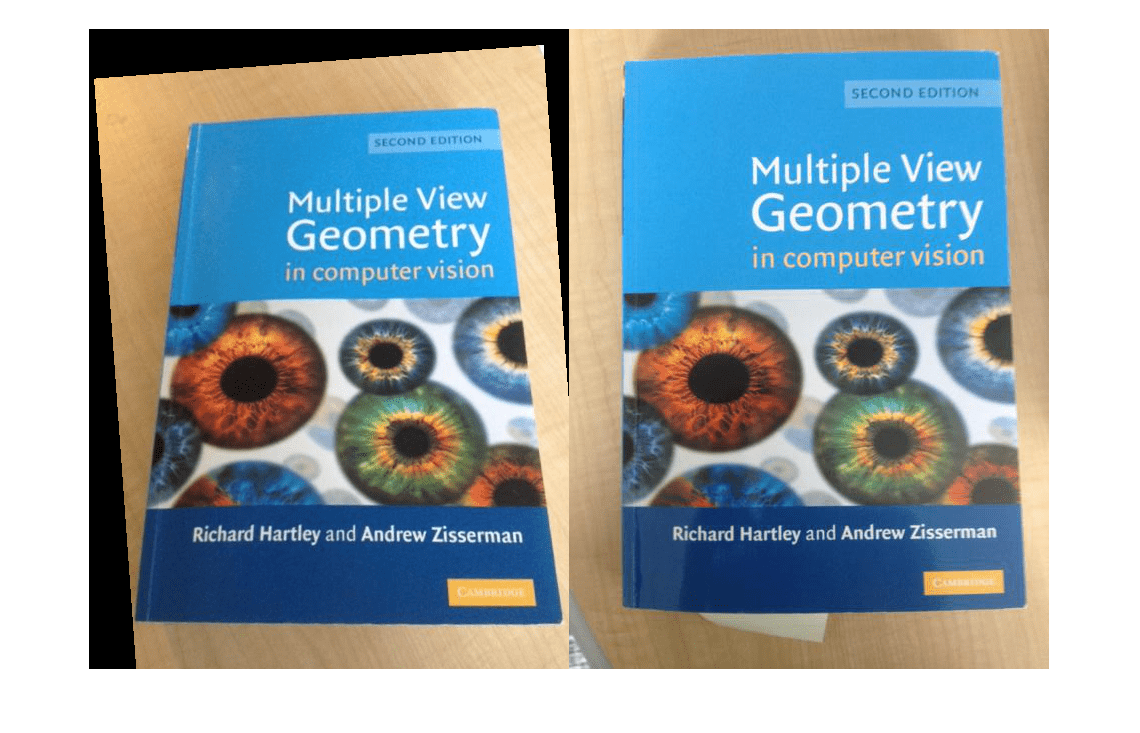主要内容
retrieveImages
搜索图像集为类似的图像
语法
描述
remogids.= retrieveImages (queryImage,imageIndex)remogids.对应于里面的图像imageIndex它们在视觉上与查询图像相似。的remogids.按相似匹配的从多到少的顺序返回。
[可选地返回用于对图像检索结果进行排序的相似度分数。的remogids.,分数) = retrieveImages (queryImage,imageIndex)分数输出包含从0到1的相应分数。
[可选地返回可视的单词remogids.,分数,映号) = retrieveImages (queryImage,imageIndex)queryImage用于搜索类似图像的。
[使用一个或多个指定的附加选项remogids.,___) = retrieveImages (queryImage,imageIndex,名称,值)名称,值配对参数,使用任何前面的语法。
例子
输入参数
输出参数
参考文献
Sivic J.和A. Zisserman。视频谷歌:一种用于视频对象匹配的文本检索方法.ICCV (2003) pg 1470-1477。
[2] Philbin J., O. Chum, M. Isard, J. Sivic, and A. Zisserman。具有大词汇量和快速空间匹配的对象检索.CVPR(2007)。
[3] Gálvez-López, Dorian和Juan D. Tardos。图像序列中快速放置识别的二进制单词袋。计算机工程与应用。
介绍了R2015a
